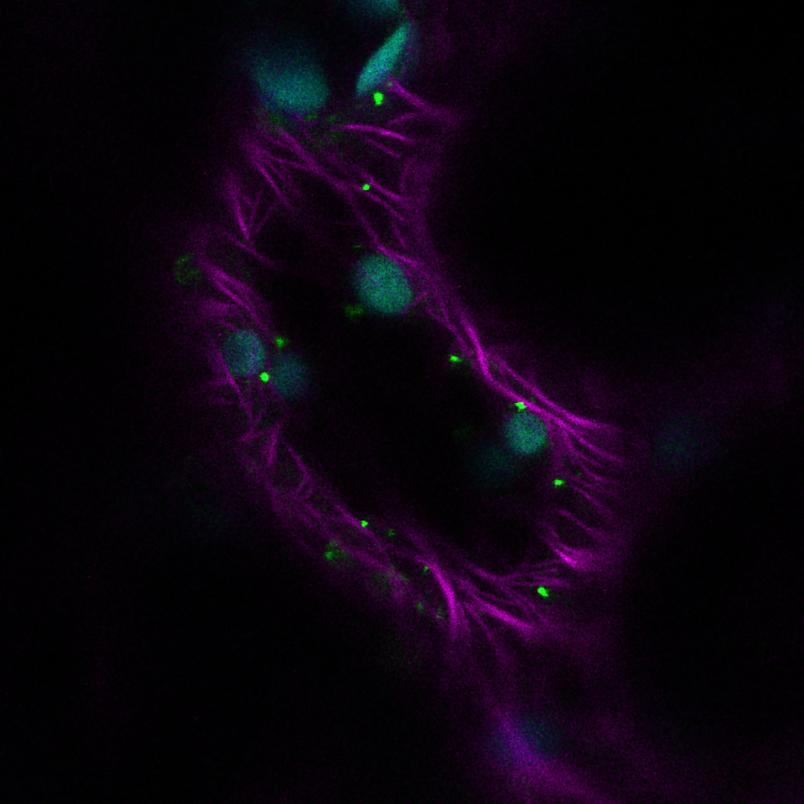
New project
How Pathogens Disrupt Protein Synthesis in Plants
Bacteria are suspected of misusing actually useful control mechanisms in plants to trigger diseases. Researchers from Bochum want to get to the bottom of it.
Organisms often react to stressful situations by adjusting their protein synthesis. Heat, drought, disease – animals and plants respond to these and other factors by increasing or decreasing the production of certain proteins. The Bochum-based Plant Cell Biology research group led by Professor Suayb Üstün wants to find out more about how pathogens intervene in this system. The team at Ruhr University Bochum investigates this question using the plant model organism Arabidopsis thaliana. The researchers will receive around 565,000 euros in funding from the Boehringer Ingelheim Foundation as part of the “Rise Up!” funding program. The project will start on August 1, 2024 and will run for three years.
“For human pathogens such as salmonella or legionella, and also for viruses, it has already been shown that they influence protein synthesis,” says Suayb Üstün. “Preliminary work by my research associate Dr. Manuel González-Fuente suggests that plant pathogenic bacteria do the same – and that it is precisely this change in protein synthesis that is responsible for the development of the diseases.” The researchers want to learn more about this in the new project called “Manipulation of protein translation as a virulence strategy of pathogenic bacteria”.
Hope for more resistant crops
“We want to use our Arabidopsis thaliana model system to identify which specific proteins are manipulated in their synthesis after a pathogen attack,” explains Üstün. The biologists assume that the results can also be transferred to other species, such as agricultural crops. “We hope to gain insights into how this mechanism can be reversed in order to produce more resistant plants using genetic engineering.”
The researchers focus on so-called processing bodies. These are aggregates of RNA and proteins that can inhibit protein synthesis in healthy plants when required, degrade messenger RNA or are responsible for the quality control of proteins. “However, it is unclear under which conditions processing bodies form and whether they can be exploited by pathogens to manipulate protein synthesis,” says Üstün.
